I’ve been in this country for close to six years now, so I’m getting a sense of which JDM cars have become rare and which ones, though made in small quantities, were prized and have thus survived in decent numbers. The 3rd generation Mazda Cosmo, in any form, is now pretty rare. I’ve only ever found one, and here it is.
I’m really hoping I’ll get lucky and find another one that hasn’t been boi-raced and customized so heavily (and tastelessly). But who knows when I’ll get the chance to catch a perfectly preserved one?
Here’s what they looked like coming out of their Hiroshima factory, looking quite svelte as they took over from the chunky AP Cosmo in late 1981. Early cars like this one still had the mandatory fender mirrors; our feature car is a 1984 model, so it was made without those. And this is a 2000 EGI, meaning it has a (boring) fuel-injected 2-litre straight-4 beneath those mirrors.
At least, the one I found has the 1146cc twin-rotor 12A Wankel. With a turbo, even, which meant the rear wheels had 165hp to deal with. That was a notable innovation; Mazda premiered it on the Cosmo and the Luce in September 1982.
Strangely enough, Mazda pulled a ’67 T-Bird and adjoined a four-door variant to the Cosmo coupé for this generation. Actually, they joined a couple – a “hardtop” as shown above and a more formal “sedan.” Naturally, those were direct competitors to the Luce, Mazda’s other large RWD rotary-powered saloon, but they were sold via a different dealer network.
A highly questionable move, then. But not quite as questionable as what this coupé has endured, mods-wise. The most infuriating aspect has to be that these mods were made so competently and that the owner keeps his pride and joy so spotless.
And let’s not get started on the spoilers, which have never merited their name more than on this occasion. The small B-pillar window (which did wind down) was done away with in late 1983 and was replaced by a rather fat B-pillar.
The full-frontal shot might be the least offensive – at least those clichéd gold BBS wheels are invisible.
It’s going to take a little imagination for us to appreciate this cabin the way it was originally, too.
But let’s try and take that horrid Momo out the way and focus on the awesome ‘80s-ness of the instrument binnacle. Interesting to see that Mazda almost went for a stalk-less design, but not quite.
Looks very tight back there. Love the teeny-tiny headrest, but I’m not sure about those window slats. They don’t seem to fit all that well.
Some of these coupés were apparently exported to Europe and Australia. Must have been by the literal handful. The pillared saloon, though, was offered far and wide (with piston engines) as the 929. Either way, Mazda didn’t do all that well with this generation Cosmo, even in Japan: the JDM took in fewer than 100k between 1981 and 1990 – that’s HB Cosmo coupés, saloons and Luces combined.
But let’s be optimistic. I’ll find one that hasn’t been butchered and give this forgotten Cosmo the post it deserves on CC. William’s post (see below) did a great job of exploring a lot of the model’s history, from an antipodean perspective. The JDM story will follow at some point – that’s a promise.
Related post:
Curbside Classic: 1981-87 Mazda 929 – A Big Tent, by William Stopford
















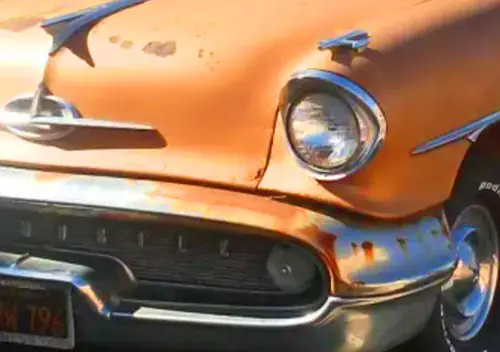
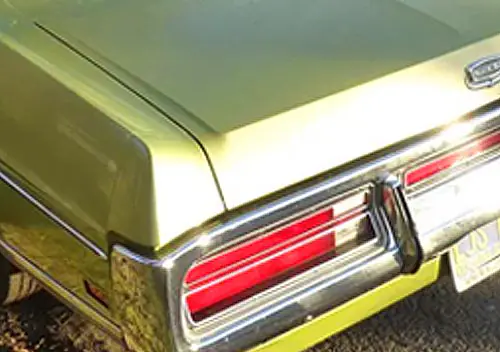
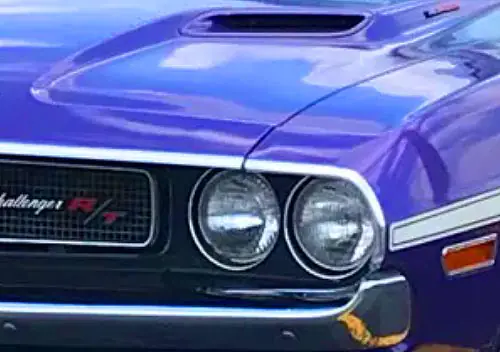


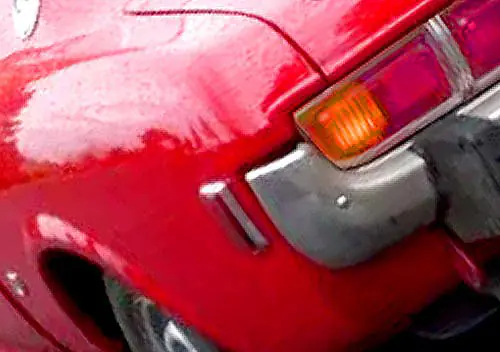

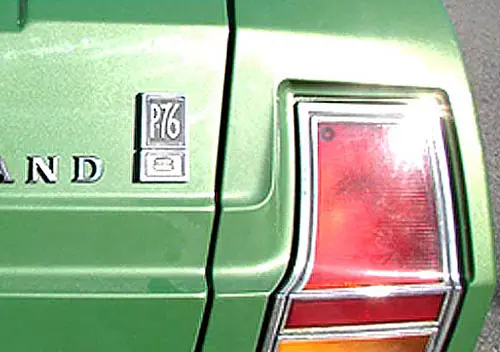
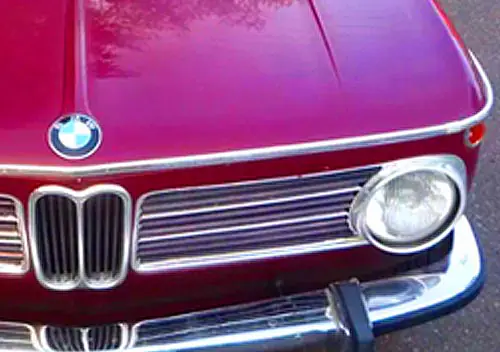


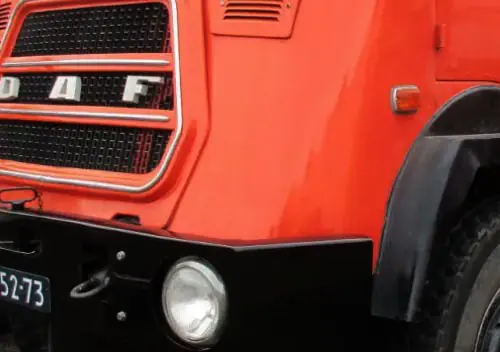
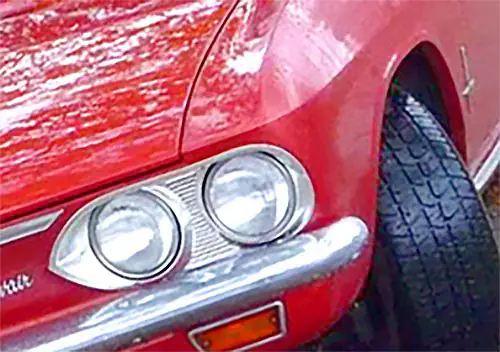
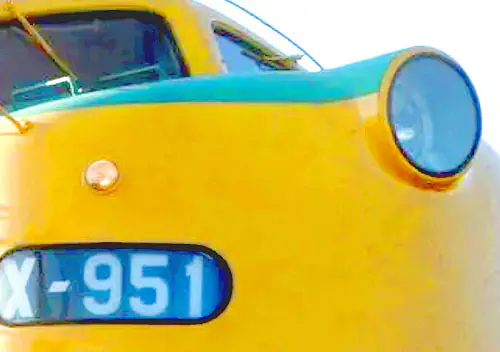
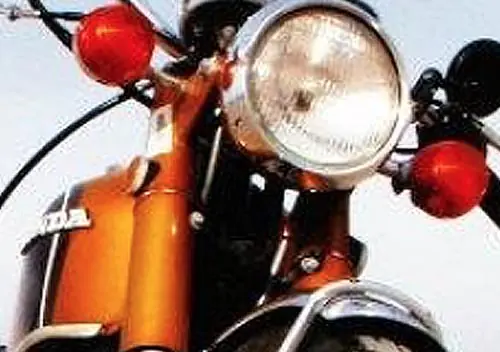
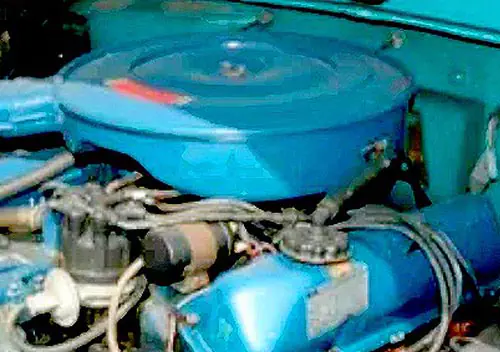
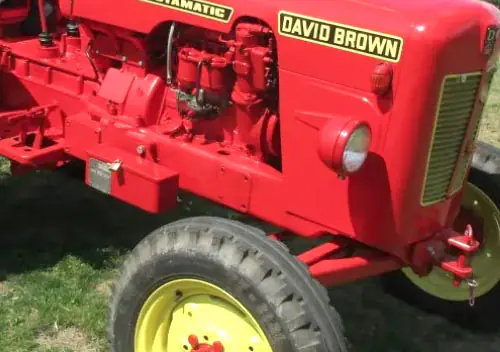


Mazda must have gotten the inspiration for their pillared hardtop coupe from the Ford LTD 2-Door Pillared Hardtop Coupe, but as you said the opera window opened to let the breeze flow forth so they improved on it in pretty much every possible way…
Interesting to see the owner carries his whole maintenance file around with him. From the side though, what comes to mind is an Opel somehow, perhaps in the Hockenheim parking lot during the ’93 DTM season.
Other than that, it’s a bummer Mazda let the Cosmo name pretty much wither on the fine, it’s one of the great names. Oh, and a great find of course!
The previous Cosmo/RX-5 also had a glass B-pillar, so I assume it was trying to provide some continuity there.
As for the four-door, the Nissan F30 Leopard also had a four-door hardtop, so Mazda wasn’t alone in hedging that bet, although the Toyota Soarer didn’t bother and I think outsold the Leopard and the Cosmo put together.
The Cosmo was sold for three decades with only four generations covering that span. This generation didn’t make it to the States, although the front end is reminding me of something that did, either the ’84 Nissan 200SX or the ’82 Supra. I was unaware until now that the 3rd-gen Cosmo was sold as a four-door, both a hardtop and a post sedan. The latter seems especially far removed from something that was a sports car just two generations earlier. Few Cosmos made it inot the US, but the one I remember most was the 2nd gen fastback coupe which also had the roll-down B pillar window, but I thought of more as a competitor to a Celica and such than any sort of sporting machine. These were apparently also sold as a two-door notchback coupe, which looks like a personal-luxury coupe and unrelatable to the original Cosmo, or even the subject car shown here.
Looking rather like certain versions of Mustang II notchback and Chevy Monza notchback, with the main difference being the Mazda “opera window” can roll down.
One wonders if the 1977 Ford T-Bird was “inspired” by the 1975 Mazda RX-5 Cosmo.
I noted the resemblance to both of those cars too. The Mazda probably would have walked all over either, except for the rotary engine reliability issues.
While the mods are not to my taste either, they are period 1980s, rather than a pastiche of eras and styles. As mentioned, well executed and well maintained. Also, something different for a base to have built upon. All in all, nice find. If it were in my garage, I would keep it as-is, as a relic of another era, even if it is not a “factory” example. Put it in the Daikoku parking lot, and it would stand out. This build is also rather tame, compared to the crazy stuff that gets made over there (cars with sky-high tailpipes and foot-long front spoilers, and trucks decorated like Christmas trees).
Agreed. This is historically correct, and in keeping with the sporting intent of the car. I quite like it as such.
One other thing to keep in mind is that the rotary engine community is a different part of the automotive gene pool. Rightly or wrongly, rotary cars seem to exist to be modified. Like Jeeps and Datsun 510s, keeping any Mazda rotary factory stock seems to be an exercise of swimming upstream against the current. Not that factory examples don’t exist, or are not highly prized, but the rotaries just seem to always fall into the hands of people who want to do something other than leave them as they are (or were).
I saw a bright red RX2 sedan the other day quiet smooth stock as a rock thin tyres hubcaps it looked like it just left the showroom, stock old Mazdas of any model are a rarity here all of them seem to have a rotary implant that hotted to hell, I only remember seeing one Cosmo that model it wasnt stock either, but there must be one somewhere good luck.
The interior looks rather like what Mazda used in the ’83-85 626/Capella coupes, though though better executed than in the Cosmo. The fourth and last generation Cosmo improved upon the 3rd-gen subject car and was a beauty inside and out. A styling motif used in several ’80s Mazdas was rear seats that wrapped around to the side panels seamlessly, and a dash that flowed into the front door panels in a similar fashion. The 4th-gen Cosmo (sold in Europe but not North America) was perhaps the best of the bunch.
That is one huge rear bumper! Might be an optical illusion, but if not, there’s got to be a prize for that.
These were not all that uncommon in Norway back in the day, but had the piston engine only.
They were sold as the 929 Coupé (or maybe called Hardtop.
Cool car, write up, and find! I am actually a fan of the AP Cosmo which we got stateside in the late ’70s. The styling of that car successfully and impossibly combines styling elements I like in Japanese cars and Cutlass Supremes of that era.
This car, however, looks like something I might have attempted to build out of Legos. It’s not unattractive, per se. The most puzzling thing is the inclusion of pop-up headlights set into a somewhat high, blocky header panel which might just as easily have accommodated exposed units or at least hidden ones that were set a little lower.
This was the front end we got on the four door hardtops in Australia. Fits the same space, explains the vertical height.
Reasonably common in Australia too. We got all three body styles, but no rotaries.
I remember when these came out, they really changed my perception of Mazda. The style was just so clean and unlike anything else on the road. Sure they were tight inside and the piston engine was nothing special, but the coupe and hardtop sedan were really attractive.
I don’t mind the bodykit on this one, it’s tasteful and cohesive.
This is so cool. Don’t think I’ve ever seen one before today. Car mods are always subjective and the price some vehicles pay for them cost them dearly down the road. Much like the vaunted first gen NSX with a turbo thrown on and some high end adjustable dampers they improve performance but never resale value. So my take is that if a car has a few mods but it stays in service for much longer then it’s a win overall.
Exported to Oz by the “literal handful”? What, the hand of god, perhaps? Nah, we got ’em by the proverbial boatload. Shitloads of ’em, mate.
They really did seem to sell pretty well in all forms, which was not like Aussie car buyers. They usually liked their cars pretty damn conservative: certainly, the necessarily-older buyers of these not-inexpensive imports did.
I have an absolute thing for these in any form, to this day. Superbly unique lookers, the Luce 4-door hardtop (which we got) being my fave (the no-pop-up-lights one). Luckily, they did not fall into the hands of “enthusiasts” here, and thus none resembled this Ode to Boy(racer).
Actually, that was never going to happen, as for the first couple of years, they all had an an engine as execrable as that body kit, a miserable, smoke-prone old long-stroker four out of the ’60’s. I always recall my horror when a local mag tested one (an automatic Luce sedan type) and said that for all purposes, the car had a practical top speed of 130km/h! Oh dear. More Rotary Club than a rotary club, if you know what I mean.
That backseat, btw, isn’t too bad, just a bit low on headroom. To drive? Ah, that! Not bad, but Japan Inc still hadn’t worked things out fully yet. Mazda was much better than most, but still too short-travelled suspension, underdamped, dodgy (if cool) seat padding, over-boosted steering, rather low limits, lots of windy noise. Certainly not the Euro-killer it looked like it could be, in body and on paper.
But not this one. We’ll dub this the Cosmo Kramer – wild, awkward, and in the real world, avoidable.
The bodykit and wheels aren’t for me, but are period-correct and I’d rather see a Cosmo afflicted as such than no Cosmo at all!
We got them new in coupe and hardtop-sedan form; unlike our trans-Tasman neighbours, I don’t think we got the pillared sedan. They sold reasonably when new, and as a car-mad child at the time, I thought they were great looking – very sleek, and a nice interior. I remember looking inside them and being disappointed how small they were inside. Great looks and RWD yes, but a 626 seemed more spacious. Ours were all 4-cylinder models, but loads of rotary models arrived ex-Japan through the 90s. Few and far between now, but the odd one will pop up for sale occasionally.